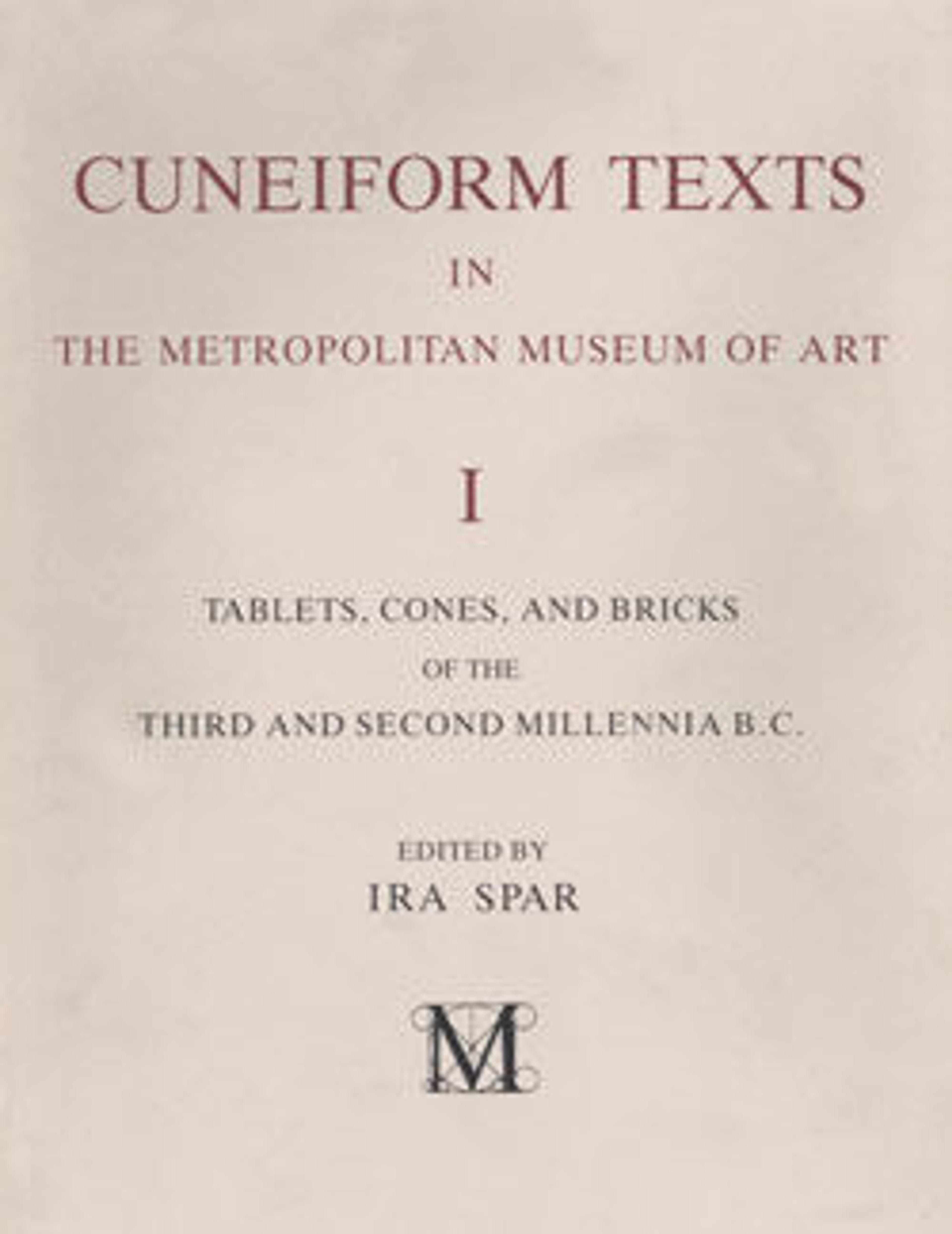Cuneiform tablet case impressed with two cylinder seals, for tablet 66.245.20a: statement before witnesses
Kültepe, the ancient city of Kanesh, was a powerful and cosmopolitan city located in northern Cappadocia in central Anatolia, modern Turkey. During the early second millennium B.C., it became part of the network of trading settlements (Akkadian: karum) established across the region by merchants from Ashur (in Assyria in northern Mesopotamia, modern Iraq). Travelling long distances by donkey caravan, and often living separately from their families, these merchants traded vast quantities of tin and textiles for gold and silver in addition to controlling the copper trade within Anatolia itself. Although the merchants adopted many aspects of local Anatolian life, they brought with them Mesopotamian tools used to record transactions: cuneiform writing, clay tablets and envelopes, and cylinder seals. Using a simplified version of the elaborate cuneiform writing system, merchants tracked loans as well as business deals and disputes, and sent letters to families and business partners back in Ashur. These texts also provide information about the greater political history of Ashur and the Anatolian city-states as well as details about the daily life of Assyrians and Anatolians who not only worked side-by-side, but also married and had children together. At Kültepe, thousands of these texts stored in household archives were preserved when fire destroyed the city in ca. 1836 B.C. and provide a glimpse into the complex and sophisticated commercial and social interactions that took place in the Near East during the beginning of the second millennium B.C.
This clay envelope or case held the legal statement of the merchant Idi-Ishtar concerning the sale of a share of his investment capital (66.245.20a). The case is sealed with cylinder seals belonging to the two witnesses, Ashur-malik and Issu-arik, across the back, front, and edges of the case. In addition, a summary of the proceedings is written across the front and back so that it could be easily consulted without tampering with the legally binding tablet inside. The impression of Issu-arik’s seal shows a bearded, deified king wearing a flounced robe and brimmed cap seated on a low-backed padded chair. A worshipper wearing a fringed robe and cap is led to the deified king by a goddess wearing a flounced robe and a single-horned miter. A nude hero is standing frontally with a single curl on each side of his head; streams of water probably flow from a vessel held at his waist. Two more worshipers follow behind the nude hero. Such scenes draw from earlier Ur III Period compositions and were the most popular type of scene in Old Assyrian glyptic art. The pronged hands and linear faces are typically Old Assyrian. Ashur-malik’s seal draws upon different popular Mesopotamian motifs. Two heroes wrestle with opposed rampant human-headed bulls with frontal faces. A hero wrestles a rampant feline next to a horned animal standing rampant with its head backd. Four drilled holes and a scorpion complete the scene. Like the majority of cylinder seals used at Kanesh, these do not bear inscriptions naming the owner; instead that information is derived from the cuneiform text itself.
This clay envelope or case held the legal statement of the merchant Idi-Ishtar concerning the sale of a share of his investment capital (66.245.20a). The case is sealed with cylinder seals belonging to the two witnesses, Ashur-malik and Issu-arik, across the back, front, and edges of the case. In addition, a summary of the proceedings is written across the front and back so that it could be easily consulted without tampering with the legally binding tablet inside. The impression of Issu-arik’s seal shows a bearded, deified king wearing a flounced robe and brimmed cap seated on a low-backed padded chair. A worshipper wearing a fringed robe and cap is led to the deified king by a goddess wearing a flounced robe and a single-horned miter. A nude hero is standing frontally with a single curl on each side of his head; streams of water probably flow from a vessel held at his waist. Two more worshipers follow behind the nude hero. Such scenes draw from earlier Ur III Period compositions and were the most popular type of scene in Old Assyrian glyptic art. The pronged hands and linear faces are typically Old Assyrian. Ashur-malik’s seal draws upon different popular Mesopotamian motifs. Two heroes wrestle with opposed rampant human-headed bulls with frontal faces. A hero wrestles a rampant feline next to a horned animal standing rampant with its head backd. Four drilled holes and a scorpion complete the scene. Like the majority of cylinder seals used at Kanesh, these do not bear inscriptions naming the owner; instead that information is derived from the cuneiform text itself.
Artwork Details
- Title: Cuneiform tablet case impressed with two cylinder seals, for tablet 66.245.20a: statement before witnesses
- Period: Middle Bronze Age–Old Assyrian Trading Colony
- Date: ca. 20th–19th century BCE
- Geography: Anatolia, probably from Kültepe (Karum Kanesh)
- Culture: Old Assyrian Trading Colony
- Medium: Clay
- Dimensions: 6.8 x 5.7 x 3.2 cm (2 5/8 x 2 1/4 x 1 1/4 in.)
- Credit Line: Gift of Mr. and Mrs. J. J. Klejman, 1966
- Object Number: 66.245.20b
- Curatorial Department: Ancient West Asian Art
More Artwork
Research Resources
The Met provides unparalleled resources for research and welcomes an international community of students and scholars. The Met's Open Access API is where creators and researchers can connect to the The Met collection. Open Access data and public domain images are available for unrestricted commercial and noncommercial use without permission or fee.
To request images under copyright and other restrictions, please use this Image Request form.
Feedback
We continue to research and examine historical and cultural context for objects in The Met collection. If you have comments or questions about this object record, please contact us using the form below. The Museum looks forward to receiving your comments.
